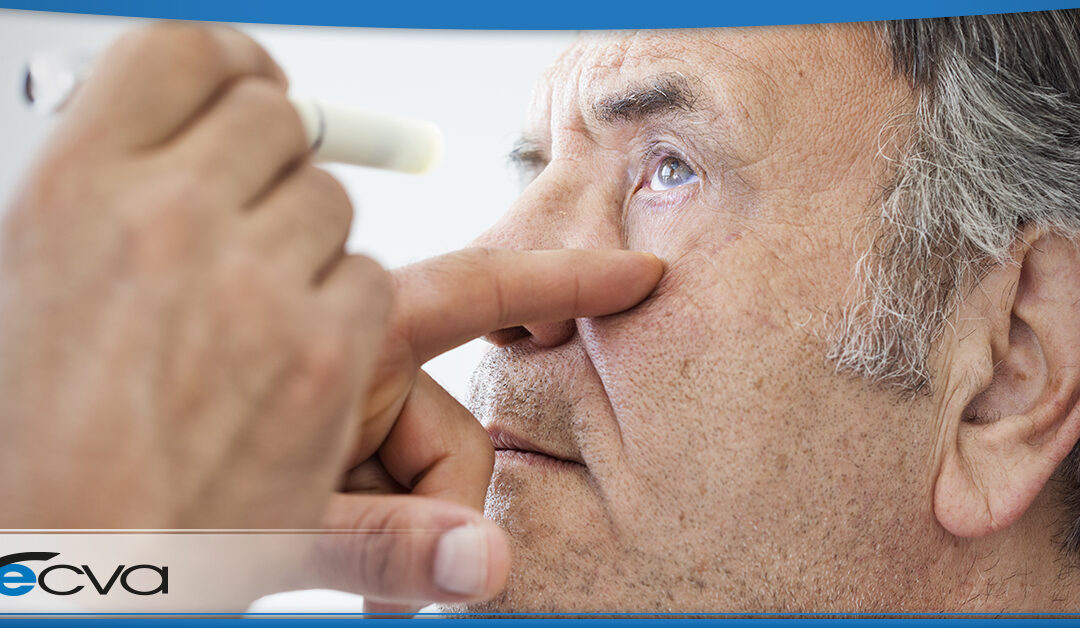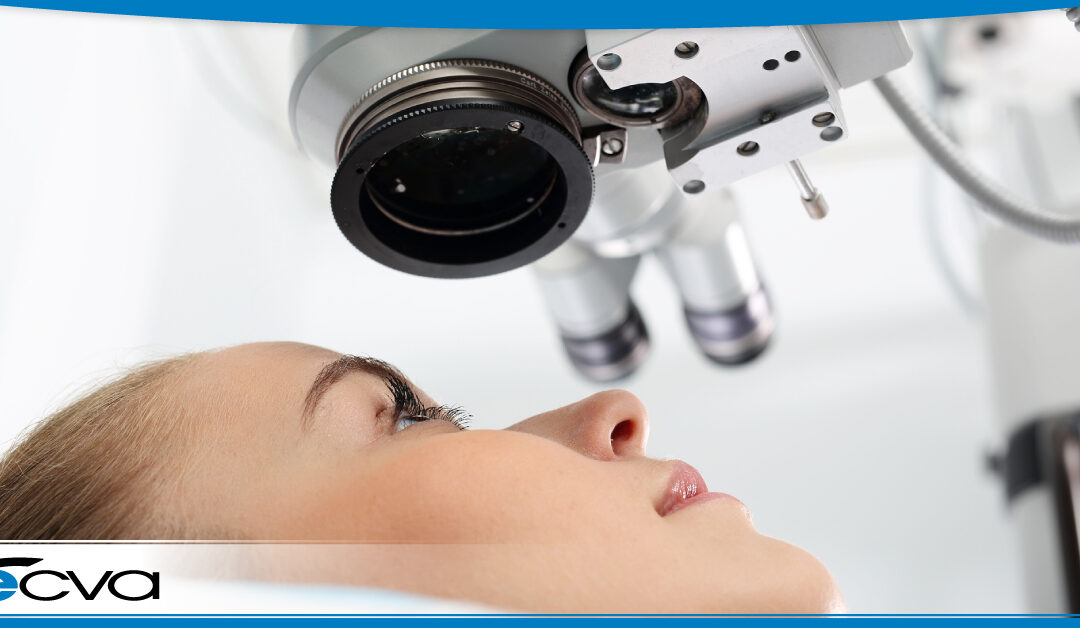
by ecvaeyeadminz | Oct 22, 2021 | Cataracts
Most people are aware of cataracts, largely because it’s an incredibly common condition. Over 24 million adults over the age of 39 have cataracts. By age 75, about half of all Americans end up with the condition. Cataracts are not...

by preichert | Nov 13, 2019 | Cataracts
While hearing that you have cataracts and need surgery can be scary, the condition is surprisingly common and fairly easy to treat. Many older people will have cataracts at some point during their golden years. But, by undergoing cataract surgery, their vision can...




